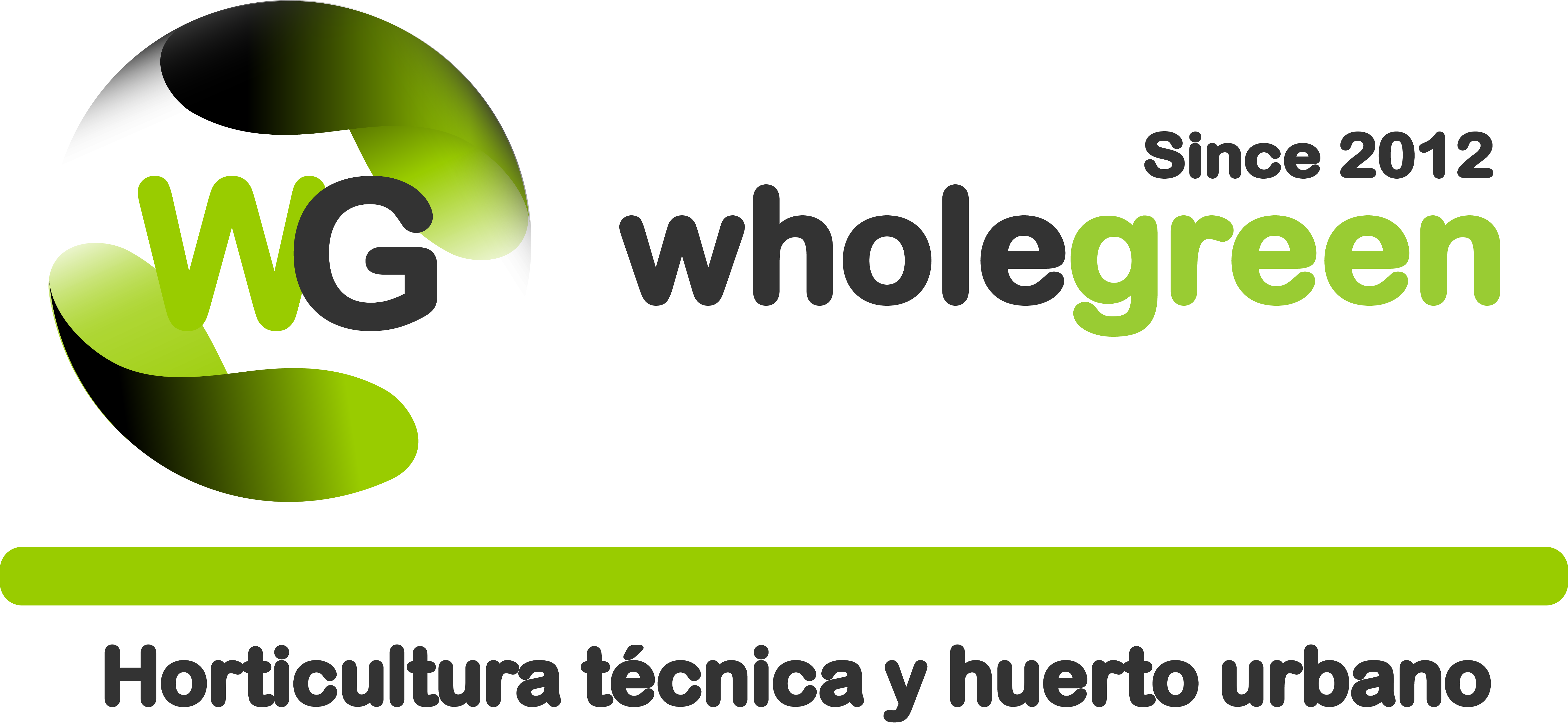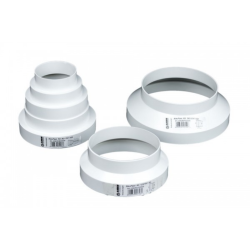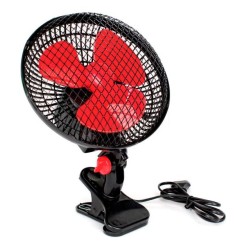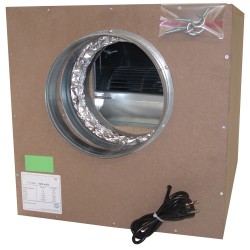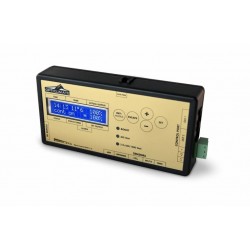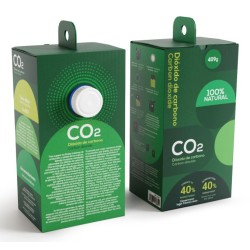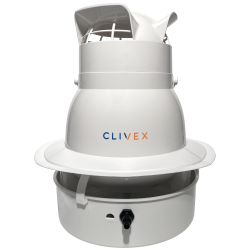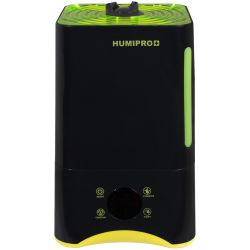Subcategories
Necessary Equipment for Climate Control in Indoor Growing: Maximizing the Success of your Growing
Indoor growing offers farmers complete control over the plants' growing environment, allowing a wide variety of crops to be grown at any time of year and anywhere. One of the most critical aspects of indoor growing is climate control, as plants require specific temperature, humidity and ventilation conditions to thrive. In this article, we will explore in detail the equipment necessary for climate control in an indoor grow, including ventilation systems, lighting, humidity control, and how to optimize each to maximize the success of your grow.
Ventilation Systems
Ventilation systems are essential to maintain adequate air flow in an indoor crop, which helps regulate temperature, humidity and CO2 concentration in the environment. Here are the main components of an effective ventilation system:
- Air Extractor: An air extractor is a fan that is used to extract hot and stale air from inside the growing space and expel it outside. Exhaust fans come in a variety of sizes and capacities, and it is important to choose one that can handle the air volume of your grow space.
- Circulation Fans: Circulation fans are used to move air within the growing space, which helps distribute heat evenly and prevent the formation of hot and cold spots. They can be placed at different points in the growing space to ensure optimal air circulation.
- Activated Carbon Filter: Activated carbon filters are used to eliminate unwanted odors from the air extracted from the growing space before being expelled outside. This is especially important if you are growing plants with a strong smell, such as cannabis.
Lightning
Lighting is another crucial aspect of climate control in indoor growing, as it provides the energy necessary for photosynthesis and plant growth. Here are the main types of lighting used in indoor growing:
- High Intensity Discharge (HID) Lights: HID lights, such as high pressure sodium (HPS) lamps and metal halide (MH) lamps, are the most common in indoor growing. They are known for their effectiveness and their ability to produce intense light that is suitable for all stages of plant growth.
-LED Lights: LED lights are gaining popularity in indoor growing due to their energy efficiency and ability to provide specific light spectrums that are optimal for plant growth. Although they may have a higher initial cost, many people find the long-term energy savings and plant growth benefits worth it.
- CMH Lights: Ceramic metal halide (CMH) lights are an intermediate option between HID lights and LED lights. They offer improved energy efficiency compared to traditional HID lights and provide a broader light spectrum that can improve plant growth and quality.
Humidity control
Humidity control is essential to maintain an optimal environment for plant growth in indoor cultivation. Here are the main tools and equipment used to control humidity:
- Dehumidifiers: Dehumidifiers are used to remove excess moisture from the air in the growing space, which helps prevent the growth of mold and mildew and maintain a suitable humidity level for plants.
- Humidifiers: Humidifiers are used to increase the air humidity in the growing space when necessary, especially during the germination and seedling growth stages.
- Hygrometers: Hygrometers are humidity measuring devices used to monitor humidity levels in the growing space. They are essential for ensuring that humidity remains within optimal ranges for plant growth.
Temperature control
Temperature control is crucial to ensure a stable and optimal growing environment for plants. Here are the main components used to control temperature in an indoor grow:
- Air Conditioners: Air conditioners are used to cool the air in the growing space when temperatures are too high. They come in a variety of sizes and capacities to fit different sizes of growing spaces.
- Heaters: Heaters are used to increase the air temperature in the growing space when temperatures are too low. They are especially useful during the winter months or in cold climates where temperatures may fall below optimal for plant growth.
- Thermostats: Thermostats are used to control the temperature in the growing space and activate heating or cooling systems as necessary. They are essential to maintain a constant and stable temperature in the growing environment.
CO2 Supply and Control
Carbon dioxide (CO2) is an essential component for photosynthesis and plant growth, and controlling CO2 levels in an indoor grow can significantly improve plant health and performance. Here are the main equipment used to monitor CO2 levels:
- CO2 Generators: CO2 generators are used to increase CO2 levels in the growing space through the controlled release of CO2 gas. They are especially useful in large indoor crops or in areas with little natural ventilation.
- CO2 Controllers: CO2 controllers are devices used to monitor and maintain CO2 levels in the growing space within optimal ranges. They can work in conjunction with CO2 generators or other CO2 injection devices to maintain a constant CO2 concentration in the growing environment.
Optimization and Maintenance
Once the necessary equipment for climate control in an indoor crop has been installed, it is important to perform regular maintenance and closely monitor the temperature, humidity and CO2 levels to ensure that they remain within the optimal ranges for plant growth. . This may involve adjusting the settings of ventilation systems, changing air filters, and making repairs or adjustments as necessary.
Of course, for a crop to be successful, an optimal level of care, hygiene and order in the room is necessary.
